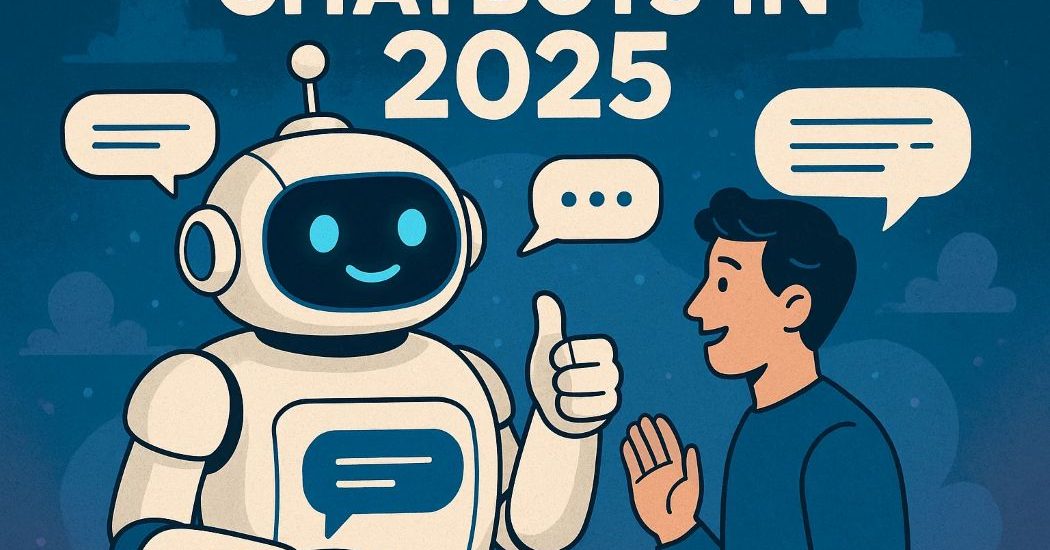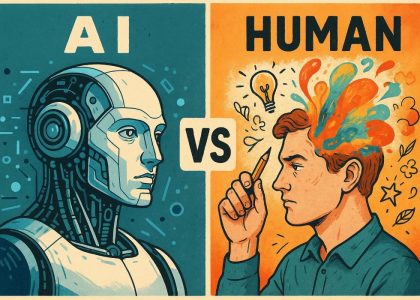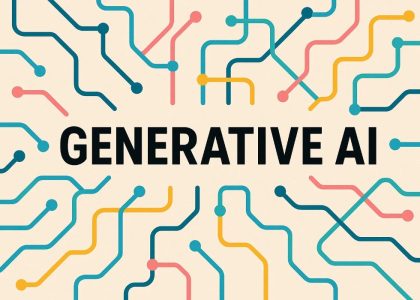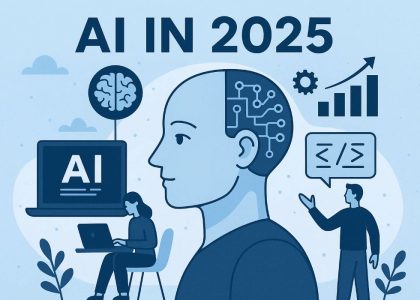In 2025, chatbots have evolved from simple auto-responders to intelligent virtual assistants. Powered by advanced natural language processing (NLP), real-time learning, and emotional intelligence, today’s chatbots don’t just respond — they engage in meaningful, human-like conversations.
Whether it’s customer support, eCommerce, healthcare, or education, AI chatbots are transforming how businesses communicate with users. Let’s dive into how chatbots are becoming smarter, faster, and more human than ever before.
How Chatbots Have Evolved Since 2020
Chatbots in the early 2020s were limited. They relied on scripted replies and struggled with understanding user intent. Fast forward to 2025, and we now interact with bots that:
- Understand slang, tone, and regional dialects
- Offer multilingual support effortlessly
- Remember user preferences and context
- Make decisions using generative AI models
- Provide voice-based interaction across devices
The leap in chatbot intelligence came with the integration of large language models (LLMs) like GPT-4, Gemini, Claude, and Mistral. These AI models enable bots to think contextually, generate human-like responses, and even detect sentiment.
Key Features of Chatbots in 2025
1. Natural Conversations
Modern chatbots can carry conversations that feel genuine. They detect sarcasm, respond empathetically, and ask clarifying questions — much like a human would.
2. Multimodal Capabilities
Today’s bots process text, voice, images, and even video input. A user can snap a picture or speak a query, and the bot responds instantly.
3. Instant Learning and Personalization
Using real-time feedback and AI memory, bots now learn user behavior and preferences on the go. This helps tailor experiences without asking the same questions repeatedly.
4. Hyper-Speed Response Time
Backed by powerful cloud infrastructure and edge AI, chatbots now respond in milliseconds — even during high-traffic periods.
5. Secure and Compliant
In 2025, AI chatbots follow strict compliance protocols like GDPR, HIPAA, and DPDP India. Businesses use secure data encryption and AI audit trails to build trust.
Industries Revolutionized by AI Chatbots
🛒 E-Commerce
Chatbots help customers find products, compare options, track deliveries, and handle returns — 24/7.
🏥 Healthcare
Patients use AI chatbots to book appointments, access medical records, and get pre-diagnosis assistance.
🏦 Banking
Chatbots now manage fund transfers, credit card queries, KYC processes, and investment advice.
🎓 Education
Students use bots as tutors, assignment guides, and interactive learning partners — all personalized.
📞 Customer Support
Most tier-1 and tier-2 queries now get solved without human agents, saving costs and improving satisfaction.
Best AI Chatbot Platforms in 2025
- ChatGPT Enterprise – Versatile and secure for business needs
- Google Gemini AI – Multimodal and voice-enabled chatbot system
- Freshchat AI – For eCommerce and CRM integrations
- Drift and Intercom AI – Sales and lead-gen optimized bots
- Ada and Kore.ai – Enterprise-grade automation platforms
Why Businesses Are Adopting Chatbots in 2025
- Cost Efficiency: One bot handles tasks that would need 5–10 support agents
- Scalability: Bots manage thousands of conversations simultaneously
- 24/7 Availability: No holidays, no downtime, no lost customers
- Better CX: Users get consistent, fast, and personalized support
- Revenue Boost: Chatbots increase conversions by assisting in real-time decision-making
Challenges and Solutions
| Challenge | Solution |
|---|---|
| Misinterpretation of queries | Fine-tune models using feedback data |
| Language limitations | Use multilingual, locale-aware LLMs |
| Emotion detection flaws | Integrate emotional intelligence (EQ) modules |
| Privacy & data security concerns | Implement strong encryption and consent systems |
What the Future Holds for Chatbots
In the next few years, we’ll see chatbots with autonomous reasoning. They won’t just answer — they’ll act on behalf of users, schedule meetings, negotiate prices, and even write documents. Voice-first chatbots will become the norm, integrating with wearables, cars, and IoT devices.
Also, the line between chatbot and virtual assistant will blur. Generative agents will combine reasoning, emotion, creativity, and decision-making in real-time.
Conclusion
Chatbot in 2025 are no longer just digital tools. They are virtual companions that assist, sell, serve, and support like never before. Businesses that adopt this technology not only enhance customer experiences but also future-proof their operations.
As these bots become more human in behavior and smarter in processing, they will play a central role in how we work, shop, learn, and live.




